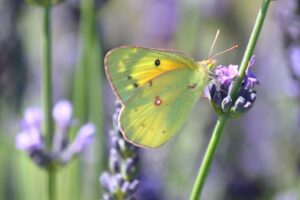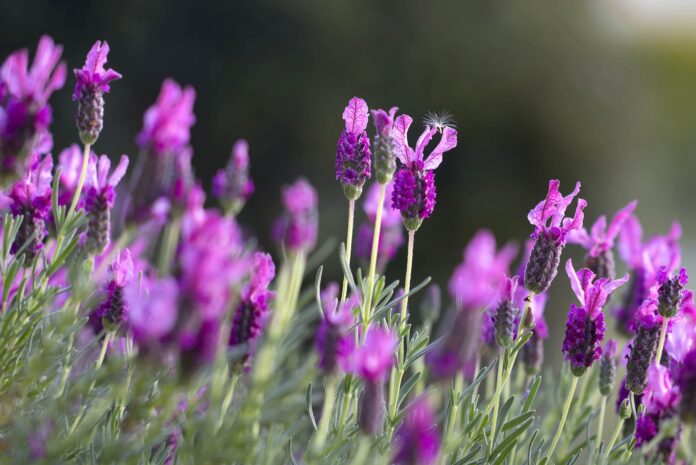In the realm of garden enthusiasts and nature lovers, few plants captivate the senses quite like lavender. With its enchanting fragrance, vibrant colours, and myriad of practical uses, lavender has earned a cherished place in gardens across the globe. While purchasing young lavender plants from nurseries is a convenient option, the process of propagating your own lavender at home can be immensely rewarding, fostering a deeper connection with nature and enhancing your gardening prowess.
A Symphony of Lavender Varieties
Before embarking on your lavender propagation journey, it’s crucial to familiarize yourself with the diverse array of lavender varieties available. From the classic English Lavender (Lavandula angustifolia) to the stately Spanish Lavender (Lavandula stoechas), each type boasts unique characteristics that contribute to your garden’s aesthetic and aroma. The French Lavender (Lavandula dentata) adds a touch of elegance with its serrated leaves, while the Lavandin (Lavandula x intermedia) variety offers heightened fragrance and a longer blooming period.
Propagation Techniques: Seeds, Cuttings, and Beyond
1. From Seed to Sprout
Starting lavender from seeds is an economical and rewarding approach, though it requires patience and diligence. Begin by sowing the seeds in well-draining soil, ensuring they receive ample sunlight. Regular misting helps maintain the optimal moisture level, promoting germination. As the seedlings grow, transplant them into individual pots before transferring them to the garden bed once they’ve reached a robust size.
2. The Art of Cuttings
Perhaps the most popular method of lavender propagation, taking cuttings from established plants offers a higher success rate. Select healthy, non-flowering shoots and trim them just below a leaf node. Remove the lower leaves to expose the nodes, then dip the cut ends into a rooting hormone to stimulate growth. Plant the cuttings in pot composed of a mix of sand and compost, ensuring the medium remains consistently moist. Covering your pot of cuttings with a plastic bag will help to create the perfect climate for your cuttings to develop and grow their roots. After about six weeks these cuttings will have developed roots, In South Africa, these young plants do not usually need to be hardened off through gentle acclimatisation to the outdoors and can be transplanted into your garden.
3. Layering Lavender
Layering is an alternative technique that involves bending a low-growing lavender branch to the ground and covering a section with soil, allowing it to form roots while still attached to the parent plant. After the layer has developed strong roots, it can be separated and transplanted.
Nurturing Your Lavender Garden

Once you’ve successfully propagated your lavender, the care you provide will determine the vibrancy and longevity of these fragrant wonders. Here are some essential tips to ensure a thriving lavender garden:
- Location Matters: Lavender thrives in full sun and well-draining soil. Choose a spot with at least six hours of sunlight per day.
- Soil Preparation: Amend the soil with sand and compost to ensure proper drainage and aeration. Lavender loathes waterlogged roots.
- Mindful Watering: While lavender is drought-tolerant, young plants require consistent watering until they establish their root systems. Once established, water sparingly to avoid root rot.
- Pruning for Prosperity: Regular pruning is essential to maintain lavender’s compact form and encourage continuous blooming. Trim spent flowers and prune in the spring to promote new growth.
- Harvesting Lavender: Harvest the flowers just as they begin to open for optimal fragrance and flavour. Hang the cuttings upside down in a cool, dry place to dry, then store in airtight containers.
Conclusion: A Lavish Lavender Haven
In the realm of gardening, cultivating lavender offers an artistic outlet that engages the senses and rewards the diligent gardener. Whether you’re drawn to its therapeutic aroma, culinary applications, or aesthetic beauty, propagating lavender in your own garden is a gratifying endeavour that celebrates the wonders of nature and the joys of nurturing life. So roll up your sleeves, gather your gardening tools, and let the splendour of lavender unfold in your very own oasis.


